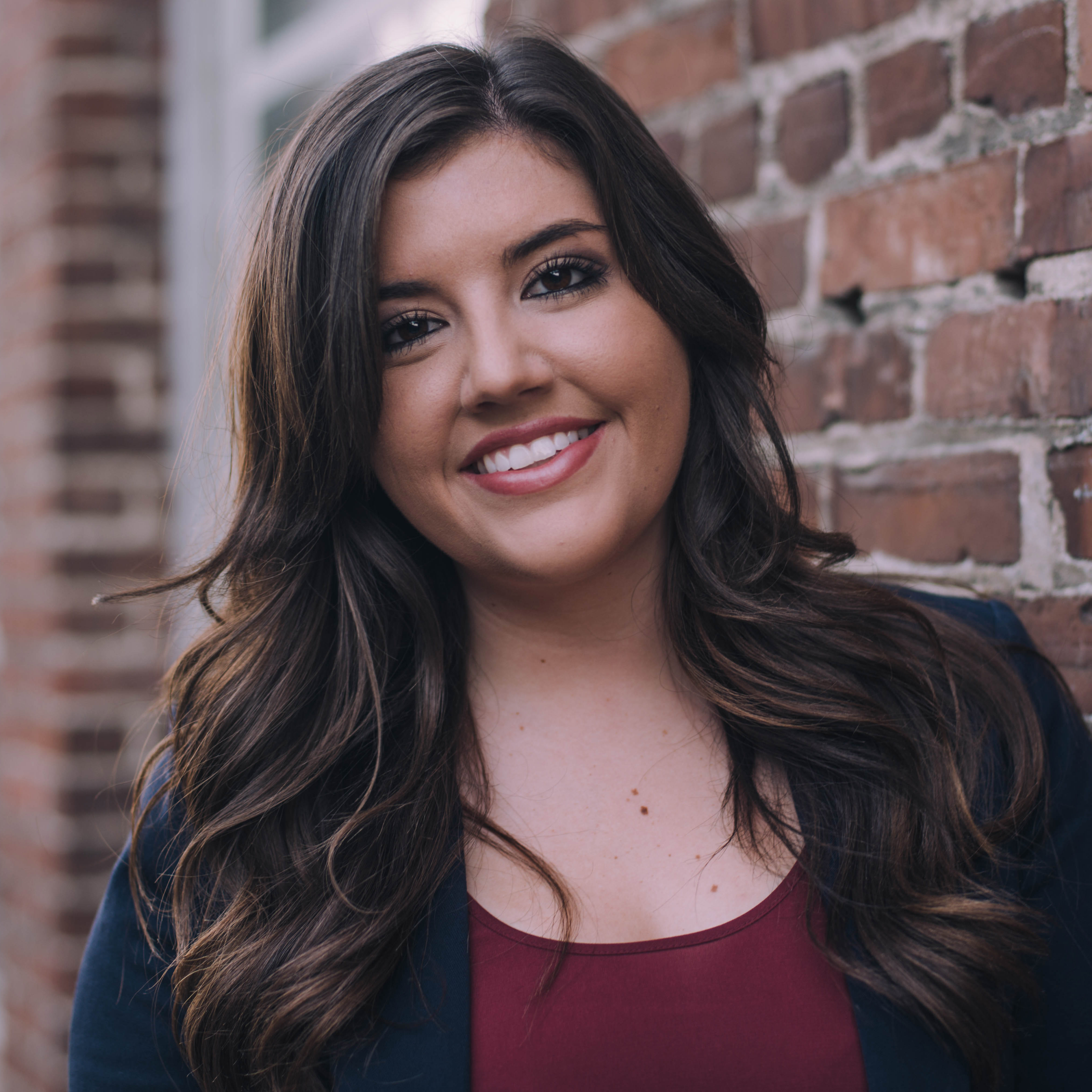At USC Annenberg, we don’t just cover the news, we make it. “Quoted: USC Annenberg in the News” gathers a selection of the week’s news stories featuring and written by Annenberg’s leaders, faculty, staff and others.
Swipe right for the future: New USC class mixes Google Glass and journalism
USC Annenberg Professor Robert Hernandez and his new course on Google Glass were featured in a USA TODAY story. After winning Google Glass eyewear from a Twitter contest, Hernandez collaborated with a number of USC students – from varied fields of study – to develop the course.
“Glass is awesome, but to be able to do something that is not hypothetical, that they’re not learning from a textbook, but they’re putting into practice together, was what was really exciting,” Hernandez said.
The class is currently coming up with app ideas that will help journalists develop content and users consume content with Google Glass. They are also developing a content management system that will compile and organize media content.
“There’s a lot of people that have been dismissive too soon about this type of technology that really, we need to embrace and develop sooner rather than later,” Hernandez said.
Lessons Learned from a #GenderAudit on Twitter
Professor Robert Hernandez wrote an article, featured on PBS, that focused on diversifying his Twitter account based on whom he follows.
He was moved to take a look at his Twitter account and figure out the ratio between male and female’s he follows after listening to a segment on On the Media about a holiday BuzzFeed writer Katie Notopoulos coined "Unfollow a Man Day."
Hernandez created lists that divided gender, and in doing so he wanted to find the ratio between them. His bigger goal was to determine whether he was practicing diversity with whom he follows on Twitter. He asked readers to do the same self-experiment after his own findings.
“Now, after reading this post, I want to invite/challenge you to do the same thing,” Hernandez said. “Find out if your stream is skewed by following one community more than another… hell, check to see if you have a bias."
USC opens new $60-million J-school building
Coinciding with last week’s grand opening of Wallis Annenberg Hall, School of Journalism director Willow Bay was interviewed on KPCC’s “Take Two” about the future of journalism.
Despite ongoing newsroom layoffs, Bay “remains optimistic.”
“It is certainly true that there have been profound changes, we're living through an era of profound technology-driven change in this business, much of it disruptive; but I can't help but see opportunity,” Bay said.
She added that there have never been “more tools to create gorgeous-looking, deeply engaging, powerful news reporting.”
“You've never had more opportunities to find an audience and drive them to your content,” Bay said.
Hong Kong leader offers talks with protesters, but won't quit
Clayton Dube, director of the USC U.S.-China Institute, was quoted in a Los Angeles Times story about Hong Kong’s pro-Democracy movement and the announcement that Leung Chun-ying’s administration will hold talks with student protestors.
Many have called the talks “a stalling tactic and a move to divide and weaken the movement.” Dube said it looks like the government “is bringing in sticks and offering a carrot.”
“By doing this, it is taking the initiative away from the students and putting them in a defensive position,” he added.
Smartphone apps let neighbors report water wasters
The Los Angeles Times quoted Karen North, director of Annenberg’s Digital Social Media program, in a story about the continued drought in California and the advent of apps that allow people to post and map photos of water wasters – a practice being referred to as “drought shaming.”
North said that privately reporting unnoticed leaks or excessive water use is “fantastic.”
“But to the extent that people then publicly shame each other for that behavior, [it could force] a lot of really solid compliance, but it can also lead to a lot of animosity,” North said.
Variety Latino Presents ‘Power of Latinos: 20 Most Influential Stars’ List
Variety Latino recently released a list of the most successful and influential Latino stars based on appeal within their own community. They also enlisted the help of adjunct professor Jeetendr Sehdev, an authority on celebrity branding and influence.
In analyzing Variety’s findings, Sehdev said: “Latino celebrity influence and appeal is especially powerful because it taps into these unique themes that are deeply ingrained in the Latino culture, across regions and across acculturation levels (whether Spanish or English dominant).”
He added that people tend to think that “the bigger the celebrity, the more influential.”
“However, the study reveals the Latino celebrities who seemingly integrate aspects of the Hispanic culture into the mainstream culture are in fact the most influential and respected,” Sehdev said.
Videos Of Deadly Police Encounters Grab The Media Spotlight, But Why?
Professor Laura Castañeda was featured in an NPR story about the growing frequency – and visibility – of violent encounters between unarmed men and the police. Video has played a big role in the onslaught of media attention.
“What you would always see in these other cases or in cases in past decades is that you'd see someone after the fact, [with] maybe some bruises or maybe some reports of the injuries they sustained,” Castañeda said. “A picture paints a thousand words, the old cliche — but now you see it, and these are powerful, powerful images.”
Isaacson’s new book tells of digital revolution
Professor Geoffrey Cowan was quoted in a Washington Post story about Walter Isaacson’s new book, “The Innovators,” in which his goal was to create a chronology of computers and the internet, featuring stories about Bill Gates, Steve Jobs and others in the field. Cowan adapted the book into a graduate course on entrepreneurship and new media at USC Annenberg.
“I want to show my students examples of how the innovators broke rules and took chances,” said Cowan.









